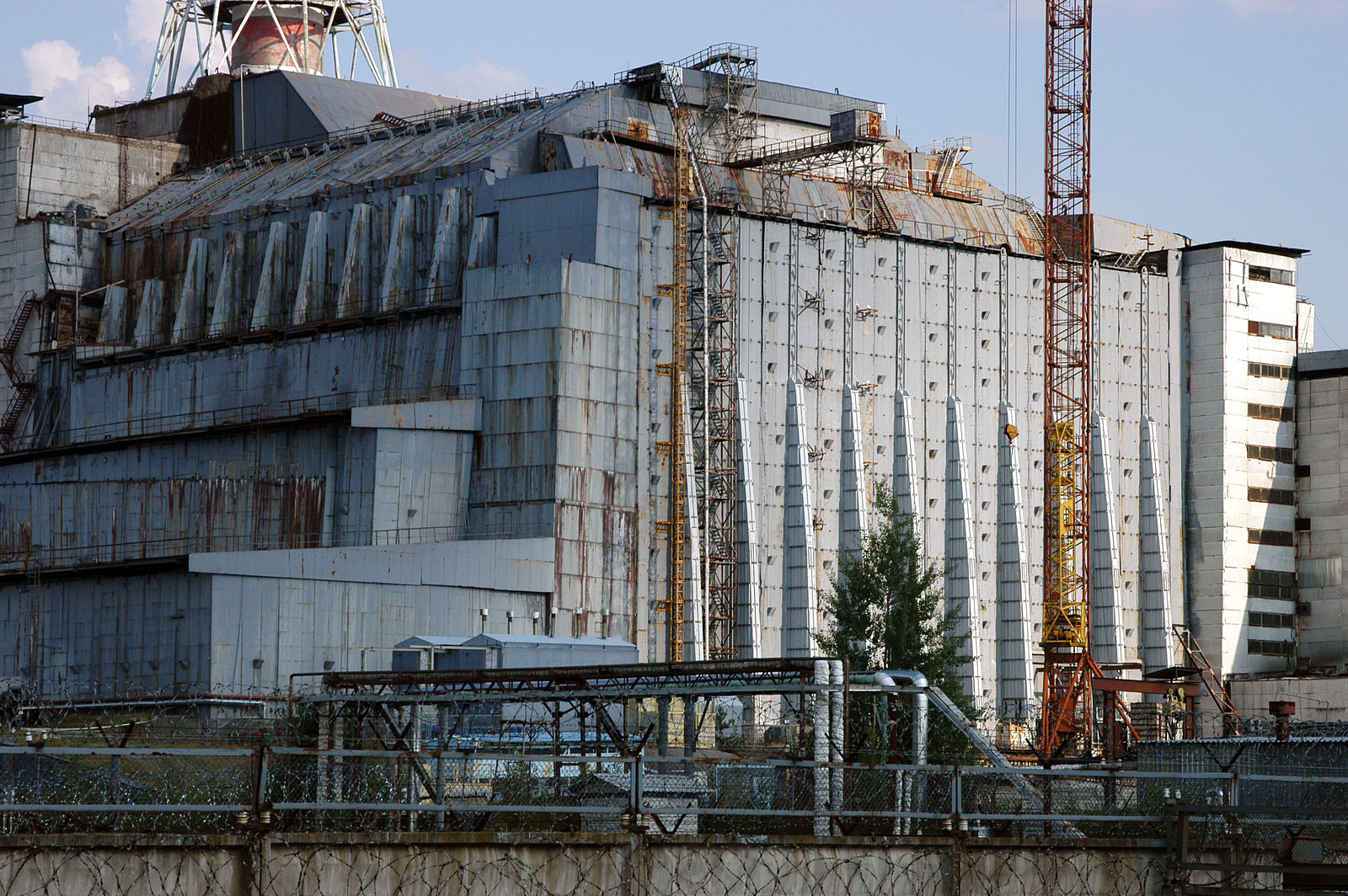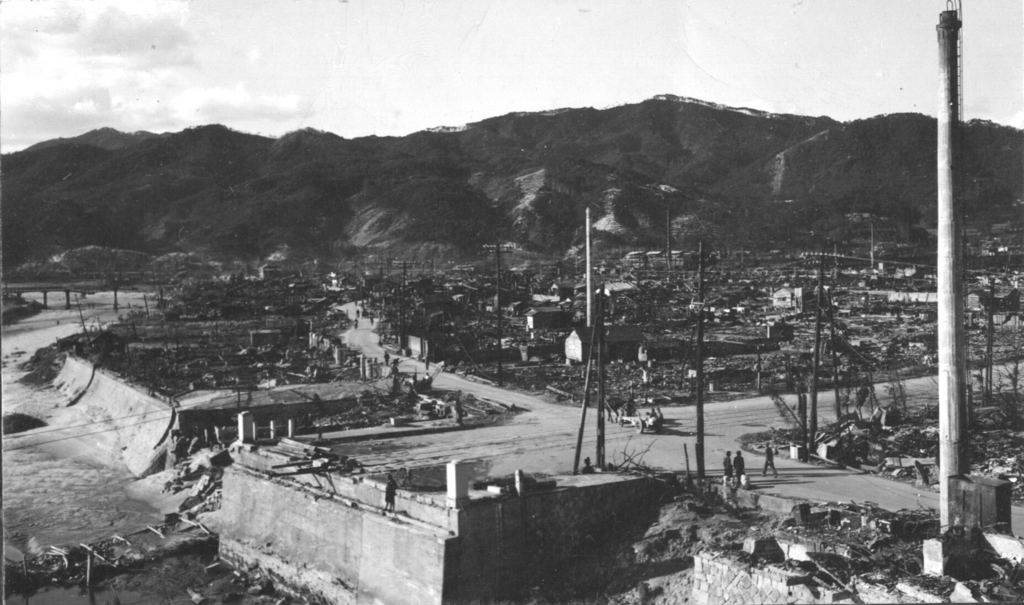Difference Between Chernobyl and Hiroshima
In the past years, the world has experienced several nuclear and atomic bombs in various locations. While most people have moved on from these experiences, with some learning of the explosions recently, the affected areas and people may still be recovering from these events. For instance, Hiroshima, Nagasaki, Chernobyl and Semipalatinsk caused devastating effects on the people and the environment. But what exactly differentiates the Chernobyl and Hiroshima disasters, you may ask?

Chernobyl
This is a nuclear accident that occurred on a power plant on April 26, 1986, in the Chernobyl region near Pripyat city. The accident is the most dreadful nuclear disaster in history.
The immediate explosion led to the death of two operating staff followed by the hospitalization of 134 firemen and staff as a result of severe radiation syndrome caused by large levels of radiation released. Of the 134, 28 died afterward and about 14 cancer deaths caused by the radiation were reported in a span of 10 years after the explosion. Thyroid cancer related deaths which can be traced back to the explosion have also been reported.
Although determining the exact number of deaths from the incident impossible, 4,000 casualties are predicted in the most exposed Soviet states and between 9,000- 16,000 in the Europe continent. Despite the harmful effects of the accident, safety upgrades on the remaining Soviet-designed RBMK reactors have been implemented. 10 of these remain operational as of 2019.

Hiroshima
This is an atomic bomb attack that occurred on August 6, 1945, by the United States over Hiroshima city in Japan. People who were in a 2km zone were exposed to radiation from this attack, which included neutrons and gamma rays as well as black rain which contained nuclear fission products. Others were exposed to radiation the neutrons absorbed by the soil.
The attack exposed an estimate of 350,000 to the radiation and killed about 129,000 people.
The attack is one of the only uses of nuclear weapons in civilian wars, the other being the Nagasaki attack.
Similarities between Chernobyl and Hiroshima
- Radiation released from both events caused massive fatalities
Differences between Chernobyl and Hiroshima
Date
While the Chernobyl accident occurred on April 26, 1986, the Hiroshima attack occurred on August 6, 1945.
Cause
While the Chernobyl event was power plant nuclear accident, the Hiroshima event was a planned atomic bombing.
Damage area
The Chernobyl accident affected Europe and the former Soviet Union. On the other hand, the Hiroshima attack affected a 2km radius within the attack location.
Fatalities
The Chernobyl incident caused more than 28 deaths and over 2 million people to the radiation. On the other hand, the Hiroshima incident exposed an estimate of 350,000 to the radiation and killed about 129,000 people.
Chernobyl vs. Hiroshima: Comparison Table

Summary of Chernobyl vs. Hiroshima
The Chernobyl event was power plant nuclear accident that occurred on April 26, 1986, and affected Europe and the former Soviet Union. On the other hand, the Hiroshima event was a planned atomic bombing that occurred on August 6, 1945. Although the causes were different, radiation released from both caused massive fatalities.
- Difference Between Profit Center and Investment Center - July 2, 2022
- Difference Between Anti-Trust and Anti-Competition - June 6, 2022
- Difference Between Stocktaking and Stock Control - June 6, 2022
Search DifferenceBetween.net :
Leave a Response
References :
[0]John Jagger. The Nuclear Lion: What Every Citizen Should Know About Nuclear Power and Nuclear War. Springer Science & Business Media, 2013. https://books.google.co.ke/books?id=OS2SBgAAQBAJ&pg=PA2&dq=Difference+between+Chernobyl+and+Hiroshima&hl=en&sa=X&ved=2ahUKEwiswLaP7bHsAhWj2uAKHW-hBQ0Q6AEwCHoECAkQAg#v=onepage&q=Difference%20between%20Chernobyl%20and%20Hiroshima&f=false
[1]Eiichiro Ochiai. Hiroshima to Fukushima: Biohazards of Radiation. Springer Science & Business Media, 2013. https://books.google.co.ke/books?id=3lq6BAAAQBAJ&printsec=frontcover&dq=Difference+between+Chernobyl+and+Hiroshima&hl=en&sa=X&ved=2ahUKEwiswLaP7bHsAhWj2uAKHW-hBQ0Q6AEwAHoECAEQAg#v=onepage&q=Difference%20between%20Chernobyl%20and%20Hiroshima&f=false
[2]Sander Brouwer. Contested Interpretations of the Past in Polish, Russian, and Ukrainian Film: Screen as Battlefield. BRILL, 2016. https://books.google.co.ke/books?id=XCpzCwAAQBAJ&pg=PA98&dq=Difference+between+Chernobyl+and+Hiroshima&hl=en&sa=X&ved=2ahUKEwiswLaP7bHsAhWj2uAKHW-hBQ0Q6AEwAnoECAMQAg#v=onepage&q=Difference%20between%20Chernobyl%20and%20Hiroshima&f=false
